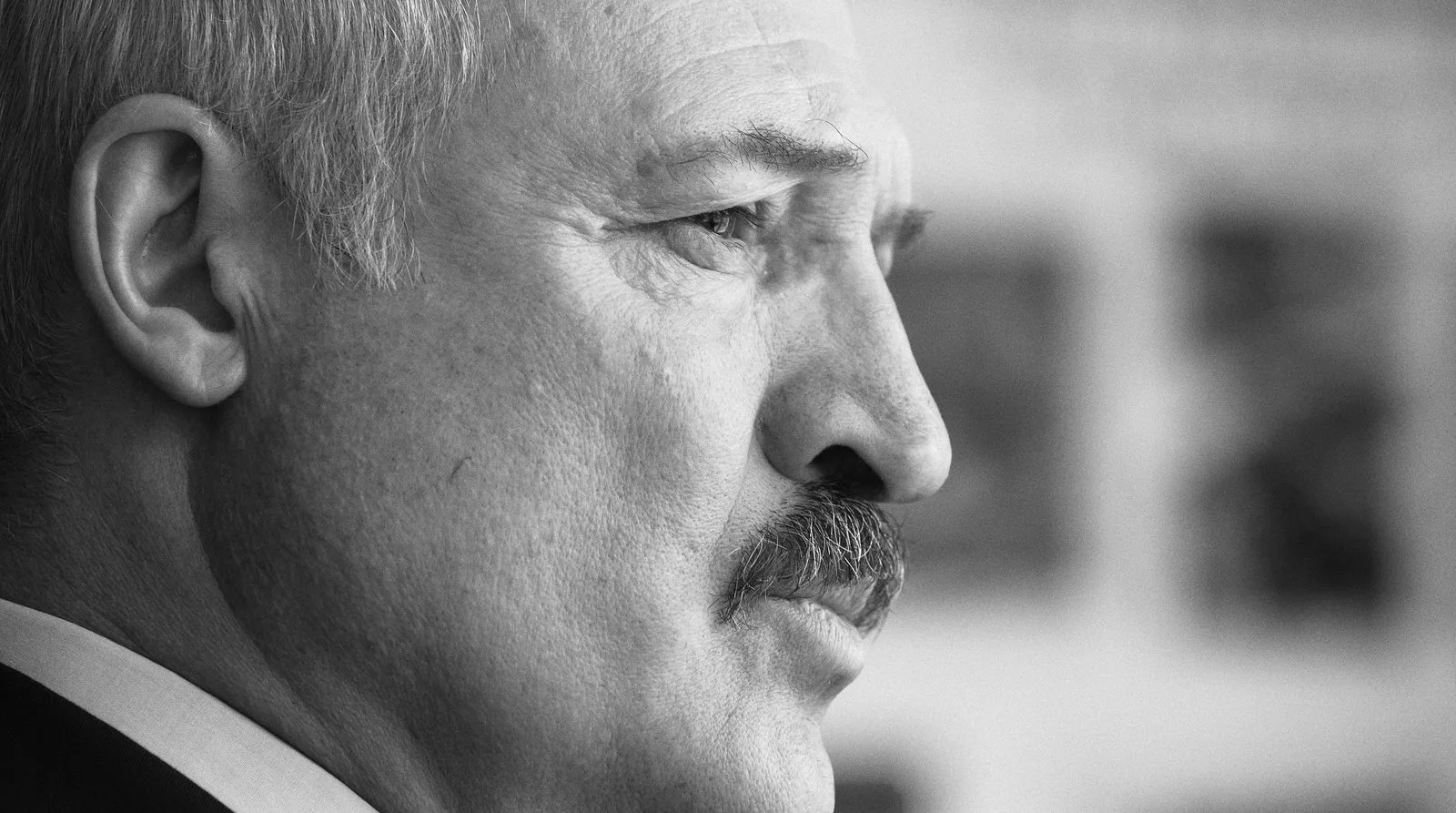So often the best-performing country of the entire emerging Europe region, topping just about every metric from public service digitalisation and education proficiency to investment promotion and sustainable development, Estonia’s economy has nevertheless been rocked over the past two years by a prolonged recession that has tested the country’s resilience.
The Estonian economy registered a drop in GDP in the fourth quarter of 2023 of three per cent, the eighth quarter in succession in which growth was negative. For 2023 as a whole the Estonian economy is estimated to have contracted by around 3.4 per cent.
This long, enduring downturn has been attributed to a cocktail of factors: a decrease in private consumption, a sharp fall in investment, and subdued demand from key trading partners—particularly Sweden and Finland and, more recently, German markets. Sanctions against Russia meanwhile have cut exporters off from cheap supplies of Russian timber and metal.
“Perhaps it’s a surprise to our country and companies that we were so dependent [on Russia],” Estonia’s Finance Minister Mart Vorklaev said late last year.
As a result of the ongoing recession, private investment has been weak, a trend that is set to continue, according to the European Commission’s latest assessment of the Estonian economy.
Specific sectors already suffer from more expensive financing, in particular start-ups, which by their nature do not have accumulated profits to rely on, and the construction sector, for which sharply higher mortgage rates have reduced the demand for residential construction. Higher borrowing costs are likely to weigh on investment in 2024.
On the positive side, public investment, which was lower than expected in the first half of 2023 due to long procurement processes, is set to increase and partially offset the fall in private investment.
Unemployment begins to ease
Nevertheless, the country remains comfortably the richest of the three Baltic states in terms of GDP per capita, and a walk through the pretty, neat, and tidy streets of central Tallinn does not immediately offer the impression of a struggling economy.
Unemployment, however, is an issue, at well over eight per cent, although data for the fourth quarter of 2023 was slightly better than expected, prompting hopes that the labour market will see marked improvement this year.
Meelis Paavel, the director of the country’s Unemployment Insurance Fund, said in January that the job market in Estonia is now at a slightly better level than it had been in 2021, following the round of job losses that came in the wake of the Covid-19 pandemic.
“If you look at the trends, the second half of March should see this graph move somewhat downwards,” Paavel said, noting that there were several sectors—including IT—where firms were actively looking for staff.
A gradual recovery
According to the Estonian National Bank, the country’s recession is likely to continue through 2024, the economy contracting by a further 0.4 per cent with growth returning only in 2025.
“Uncertain times and high interest rates have not encouraged new investment,” the bank said in January, although it noted that falling inflation will boost public confidence and purchasing power. Inflation peaked at nearly 18 per cent in January 2023 but had fallen to four per cent by the end of the year owing to the tough labour market cooling wage growth, cheaper energy prices and the general weakness of economic activity.
“Estonia’s near-term prospects are weak,” says Fitch, a ratings agency. “The Economic Sentiment Index is the lowest in the EU. A gradual recovery is not expected to take hold until the second half of 2024 and gain traction in 2025, when we forecast real GDP growth of 3.1 per cent.
“Growth in real wages and recovering sentiment should support private consumption. Lower funding costs and the economic recovery should lift investment, and the revival in export markets will support net trade.”
Balancing the books
Balancing the budget will likely cause the Estonian government significant headaches throughout 2024 as it seeks to keep the deficit below the European Union’s recommended level of three per cent. The government has walked back on tax increases planned for 2025, with Vorklaev saying recently that, “Hiking taxes by another one per cent of GDP, even though it would help our fiscal position, would likely slow down economic recovery further.”
VAT, however, was increased from 20 to 22 per cent in January.
Fitch, which in January affirmed Estonia’s Long-Term Foreign-Currency Issuer Default Rating (IDR) to A+ with a stable outlook, expects the general budget deficit to narrow to 2.6 per cent of GDP this year, reflecting the hikes to the VAT rate.
The agency also projects Estonia’s debt-to-GDP ratio to increase from an estimated 20.4 per cent at the end of 2023 to 24.6 per cent at the end of 2025. It notes, however, that this remains very low relative to peers and is by far the lowest level of any EU member. The largely foreign-owned banking sector meanwhile is in a strong position, and is well capitalised. Despite a sharp increase in debt servicing costs, the share of non-performing loans remained low at one per cent at the end of the third quarter of 2023.
Political context
The political landscape in Estonia has been a welcome, stable backdrop to the current economic narrative. The government’s proactive measures, including public investment and ongoing support for innovation, have been pivotal in navigating the economic headwinds that might have blown lesser nations off course.
While some recent opinion polls have put Prime Minister Kaja Kallas’s ruling Reform party behind conservative and far-right parties, having secured a strong election victory in March 2023, Kallas has time on her side to put the economy back on an even keel.
That, of course, is if she stays in the job. Kallas has made no secret of the fact that she wants the top NATO job when the term of its current secretary-general, Jens Stoltenberg, ends in September.
Estonia may have to continue its journey without her.
Photo by Julius Jansson on Unsplash.







